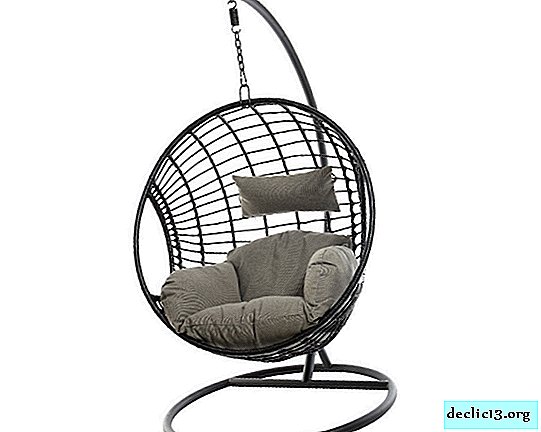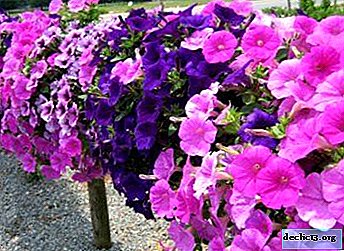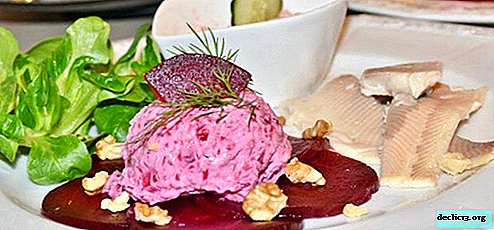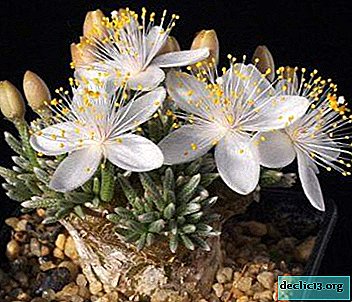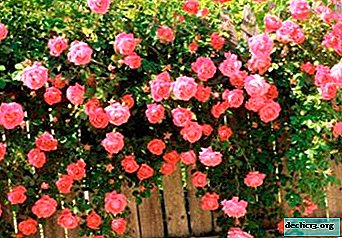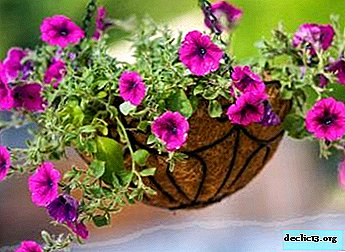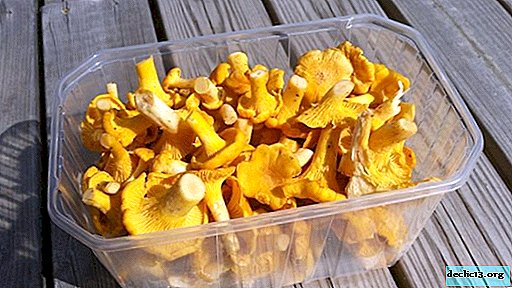Amazing plant - wax ivy: description with photo. Can I keep at home?
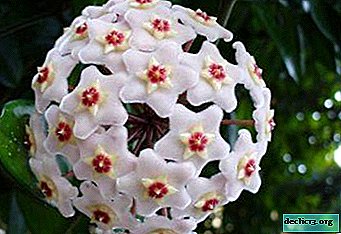
Creepers are perfect for landscaping apartments and create a unique flavor in the living room. Florists know many species of such plants, but one of the most popular is hoya, or wax ivy.
The homeland of Hoya is Southeast Asia, Northeast Australia and a ridge of islands between them. New species have recently been found in the Philippines and Borneo.
With this flower it is easy to find a common language even for a beginner grower. However, despite the popularity of this plant, many believe that the hoya is unsafe, and you can not keep it in the house.
Beliefs associated with the flower
Liana in some is associated with a lash, so Hoye is credited with the ability to negatively affect the personal and professional life of a person. Some argue that the hoya can destroy family happiness, lead its owner to loneliness, drive his beloved people out of the house with a whip.
Many categorically oppose that the hoya decorates the office - as if it could interfere with career growth and even destroy the business. There are also opinions that it releases harmful substances into the air, and it can not be kept in the bedroom - pressure will rise, irritation of the mucous membrane of the respiratory tract will appear.
Why do people think that hoyu cannot be raised in an apartment?
All these superstitions were born due to the transfer of the qualities of ivy to ivy and other creepers. The first really is a parasite in nature: it wraps its roots around tree trunks and branches, feeds on their juices and can cause their death.
REFERENCE! At home, he is also a bad neighbor for other plants: next to him, they begin to languish. Hoya does not possess such qualities, and this is confirmed by scientific research.Destroying your personal life by planting and growing a flower is a statement devoid of any logic. As well as ruining your career, decorating the workplace with greenery and flowering vines. To take care of the flowers and surround yourself with them, to contact the earth - as a rule, such activities soothe and tune in a peaceful manner. This is very useful both for personal life and for the situation at work.
well and that hoya can poison the air is partially true for allergy suffererspollen sensitive flowering plants. The smell of her flowers is really intense and in high concentration can cause a headache.
Photo
You can familiarize yourself with the photo of the flower below, this will help to make an informed choice: whether to keep wax ivy at home is an unusual and beautiful plant.



Is this houseplant poisonous?
Creeper juice does contain toxic substances. In humans, it can cause mucosal burns or severe allergies. For children and pets, contact with it can cause more serious consequences, therefore it is necessary to protect them from contact with the flower.
Milk from a broken stalk or leaf very quickly becomes viscous and freezes, so the hoya seeks to protect herself. And if it gets on the mucous membrane or in the eye, the situation takes a dangerous turn and you need the help of a doctor.
IMPORTANT! Any contact with the hoya - except, probably, watering and loosening the soil - should take place with gloves on.Essential care
In general, the hoya is quite unpretentious, but there is a small list of conditions for its content:
- Lighting. Bright, before and after noon direct rays are possible, but from a very bright sun the flower is better to shade. Optimal placement - on the western or eastern windows. In the northern, the flower will not be able to bloom.
- Temperature. Hoya loves warmth, but successfully adapts to cool rooms. The optimum temperature regime is + 17-25 ° C, a short-term decrease to + 15 ° C is possible. In winter, the temperature in the room where the hoya is located should not exceed + 16 ° C.
- Earth. In soil, the pH should not exceed 6.5. Drainage is also required. The soil for orchids is suitable for hoya, but you can make such a mixture yourself:
- sheet land (2 kg);
- turf (1 kg);
- humus (800 g);
- river sand (500 g).
- Pot. The material for the pot can be any, much more important volume. For a long and lush flowering, the pot needs a close one, and for the growth of greenery it is more spacious.
- Fertilizer. It is best to use complex fertilizers in the spring and summer. Fertilizers for flowering succulents are suitable. Nitrogen is necessary if the leaves of the hoya curl and fall, and plant growth slows down.
- Watering. From spring to autumn abundant. You can spray the hoya very carefully so that water does not get on the flowers. It is better to water in the afternoon, when the brightness of the sun decreases. Before and after flowering, you can refresh the plant by immersion in warm water for half an hour.
- Transfer. Soil replacement is recommended every three years. This event requires special care because of the long stems of the flower.
- Pruning. Hoya bush formation is done after flowering. Moreover, too long shoots become weak and dry out, and shortening them, you can restore the plant vitality.
You can find out how to care for the hoya at home here, and from this article you will learn about the methods of plant propagation, as well as about the subsequent care of it.
Special Containment Procedures
- Hoya needs a strong support for the development of stems:
- arches;
- twine;
- posts of coconut fiber;
- grids;
- wooden grates.
An interesting observation: the turns go more often counterclockwise.
- The flower cannot be moved from place to place.
- Old flower stalks cannot be removed, the hoya herself knows what to do with them.
- Hoya needs a lot of fresh air to bloom and roominess.
Conclusion
The lush flowering, simple care and the special color that the hoya creates in the room, win her new fans among flower growers. Observing the rules of caring for her, you can get a lot of positive emotions.





